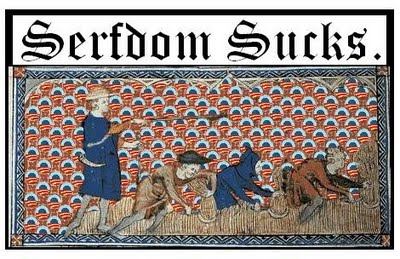In a groundbreaking decision late this summer, the National Labor Relations Board (NLRB) ruled graduate students teaching at private universities have the right to organize and join unions. Many in higher ed administration were quick to argue that this will drive up college costs. But instead, maybe the decision could herald in a new era of rationality in college pricing.
A recent op-ed by Jack Jennings, the chief education staff expert at the U.S. House of Representatives for over 25 years, suggests that the root of the college affordability problem is academia’s snobbish focus on research (which costs a lot) as opposed to undergraduate teaching and learning (which doesn’t cost as much).
So what if the recent NLRB decision paved the way not just for graduate students to unionize – but also led to a series of steps making it easier for adjunct faculty to organize — and together, to insist on compensation linked to quality teaching and evidence of student learning? That could rebalance things and ultimately lead to lower college prices for students and families.

As Jennings puts it, channeling long-time colleague Tom Wolanin, colleges and universities are continuously increasing tuition and fees to supply increased funds for research and the hiring of tenure track faculty who have light teaching loads.
Because tenure-aspiring faculty members must focus on publishing as much as they can in the most prestigious outlets as they can, they end up having very little time to teach classes, never mind much interest in doing so.
Thanks to this “publish or perish” culture, universities therefore end up exploiting the cheaper labor pool of graduate students and adjunct instructors (the serfs) so that they have someone to teach undergraduates.
Nearly 70 percent of faculty members are either part-time, adjunct instructors or full-time, non-tenured instructors. They get paid relatively little and receive next to no benefits associated with life in academia (the spoils). In fact, in a recent op-ed, one adjunct professor confessed that she was making less than a pet-sitter at $3,000 per course for 5 courses that required 20-30 hours per week. She received “no benefits, no office, no phone or stipend for the basic communication demands of teaching.”
But it’s not just an issue of faculty composition and compensation. Plenty of university administrators are to blame for likewise snobbish branding tactics that perpetuate the cycle of ever-escalating tuition, because of a misguided assessment of what “quality” in higher education means. In many cases, it’s deemed to be the presence of top-notch tenured faculty in addition to expensive amenities like fancy dormitories and high profile athletic teams that drives college price escalation. The better the academic reputation of their professors and the look of their buildings, the better the reputation of their institution. The better the reputation of their institution, the more applications and endowment donations they receive, and not coincidentally — the higher prices they can charge.
Hopefully, colleges and universities nationwide will come to realize that this balloon is soon going to pop. Nearly 90 percent of admissions directors in private institutions say that they’re losing potential applicants because of student debt concerns. Parents and students are running from the high sticker prices of many institutions in search of better value options. When making college selection decisions, more and more are asking “is this an investment worth making for the price I’m paying, or am I just paying for amenities?”
So far, the Obama administration has tried to help consumers answer that question by highlighting the financial outcomes associated with specific colleges. But what we really need to know—and what is at the crux of the college affordability problem as Jennings has described it—is are the colleges “educating students well?” Are the students learning? Unfortunately, the sad answer to the question is no one really knows because there’s little in the way of student learning outcome data to tell us.
Here’s where the NLRB ruling could fundamentally change things. Now that graduate students at private universities can unionize, maybe they can join forces with the adjuncts to organize for better pay and benefits. Previously, adjuncts at private colleges lacked a powerful ally to organize with because of a 1980 Supreme Court ruling that asserted that full-time, tenure-track faculty at private colleges were “managerial,” and therefore could not organize under the National Labor Relations Act. This ruling thwarted efforts to build up wall-to-wall bargaining units that represented all faculty from tenured to adjunct. Since then, attempts to unionize adjuncts within the private sector have been limited to a few discrete successes.
One of those successes, though, may provide an opening and template for future efforts: At Tufts University, part-time lecturers voted to form a union in 2013. As part of contract negotiations, the union and Tufts administration agreed upon a stronger evaluation system that gave adjuncts much-desired feedback on their performance while giving the college accountability in return. What better way to measure faculty performance than to measure student learning outcomes? And what better way to bring supply, demand, and price rationality to the higher education marketplace than to begin to look at student learning?
Madison Gray is a policy and communications intern with Education Reform Now. Michael Dannenberg and Mary Nguyen Barry with Education Reform Now as well contributed to this post.
